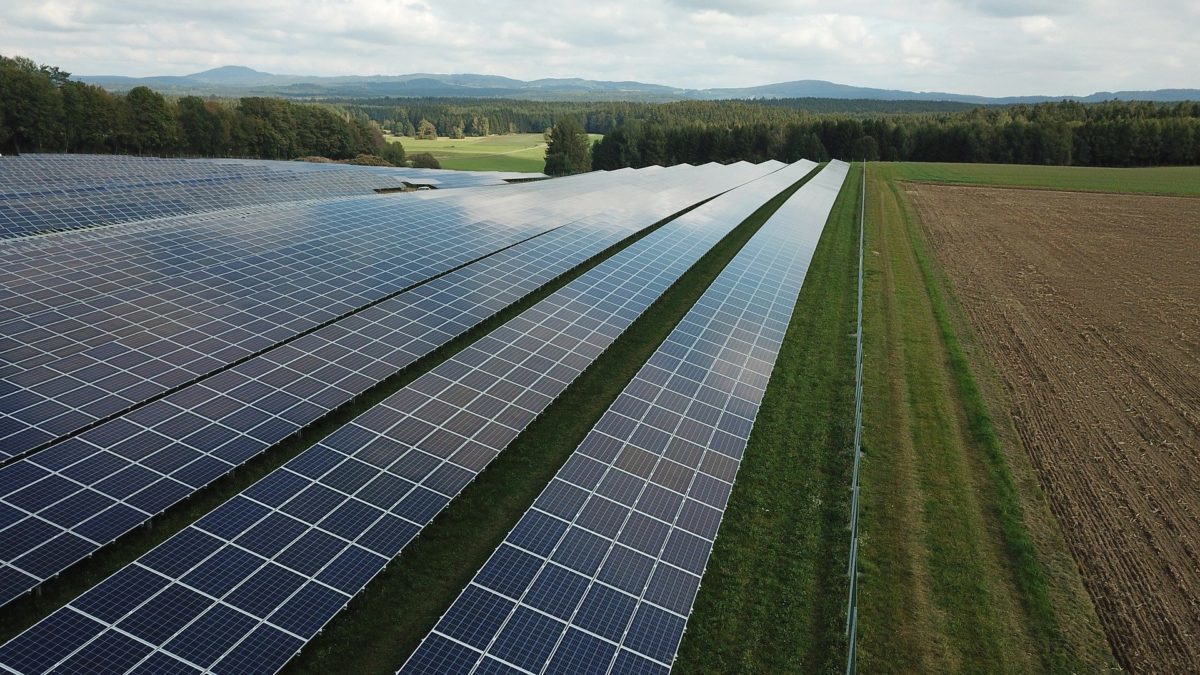Interest to invest in the Indian renewable energy sector remains strong despite the Covid-19 pandemic, but policy uncertainties and other evolving risks could dampen the flow of investments, according to a report by the CEEW Centre for Energy Finance (CEEW-CEF) and the International Energy Agency (IEA).
The study stated India awarded 15.3 GW solar PV (including solar-wind hybrid) in competitive bidding in the first half of 2020, which is almost equivalent to the capacity sanctioned over the full year 2019. The capacity boost was mainly driven by Adani Green Energy and Azure Power exercising the Greenshoe option to expand allocations under the Solar Energy Corporation of India’s manufacturing-linked tender.
However, equity investor returns expectations rose from around 14% in the first half of 2019 to 16-17% over the second half of 2019 and the first half of 2020, indicating heightened risk perceptions, it added.
The study attributes this rise to policy and market uncertainty over potential contract renegotiation by off-takers and the possible imposition or extension of duties on solar PV imports, along with supply chain uncertainties caused by Covid-19 and delays in the signing of power purchase agreements (PPA) in 2020.
Arjun Dutt, Associate at the CEEW-CEF, said, “The robust market activity in the first half of 2020, including the participation of a few first-time investors, indicates that India’s renewable energy sector represents an attractive and resilient investment destination overall.”
“Addressing persistent risks relating to discom financial weakness, the timely availability of land and evacuation infrastructure, coupled with recently heightened concerns over sanctity of contracts and uncertainty surrounding impending trade barriers are essential for unlocking low-cost capital flows at scale. This will be key for the attainment of India’s renewable energy targets of 450 GW by 2030.”
Lucila Arboleya, Economic and Financial Analyst at the IEA, said, “Interest to invest continued, a very good sign for the energy transition. However, capital spending is likely to decline in 2020, and uncertainty is now growing over India’s ability to attract a diverse pool of private finance from domestic and international sources to affordably meet its ambitious renewable energy targets in the years ahead.”
Guiding factors
According to the study, investor risk perceptions were lower for projects with more creditworthy counterparties such as SECI and NTPC and those with better access to land and timely grid connections.
While equity returns expectations for projects with central off-takers and Gujarat discoms were at par, these were 80-200 basis points (or up to 2% points) higher for projects in which the state off-taker utility presented a higher credit risk in 2019
Equity return expectations were also 20-260 basis points lower for projects at solar parks – which offer a plug-and-play model to developers –than in the case where developers themselves make land arrangements.
The terms of project debt finance, the study said, remained relatively stable throughout the analysis period, but lending rates were around 50 basis points higher for projects with less-creditworthy state off-takers than with central off-takers. The study noted a stronger preference for central government entities as off-takers.
This content is protected by copyright and may not be reused. If you want to cooperate with us and would like to reuse some of our content, please contact: editors@pv-magazine.com.









3 comments
By submitting this form you agree to pv magazine using your data for the purposes of publishing your comment.
Your personal data will only be disclosed or otherwise transmitted to third parties for the purposes of spam filtering or if this is necessary for technical maintenance of the website. Any other transfer to third parties will not take place unless this is justified on the basis of applicable data protection regulations or if pv magazine is legally obliged to do so.
You may revoke this consent at any time with effect for the future, in which case your personal data will be deleted immediately. Otherwise, your data will be deleted if pv magazine has processed your request or the purpose of data storage is fulfilled.
Further information on data privacy can be found in our Data Protection Policy.